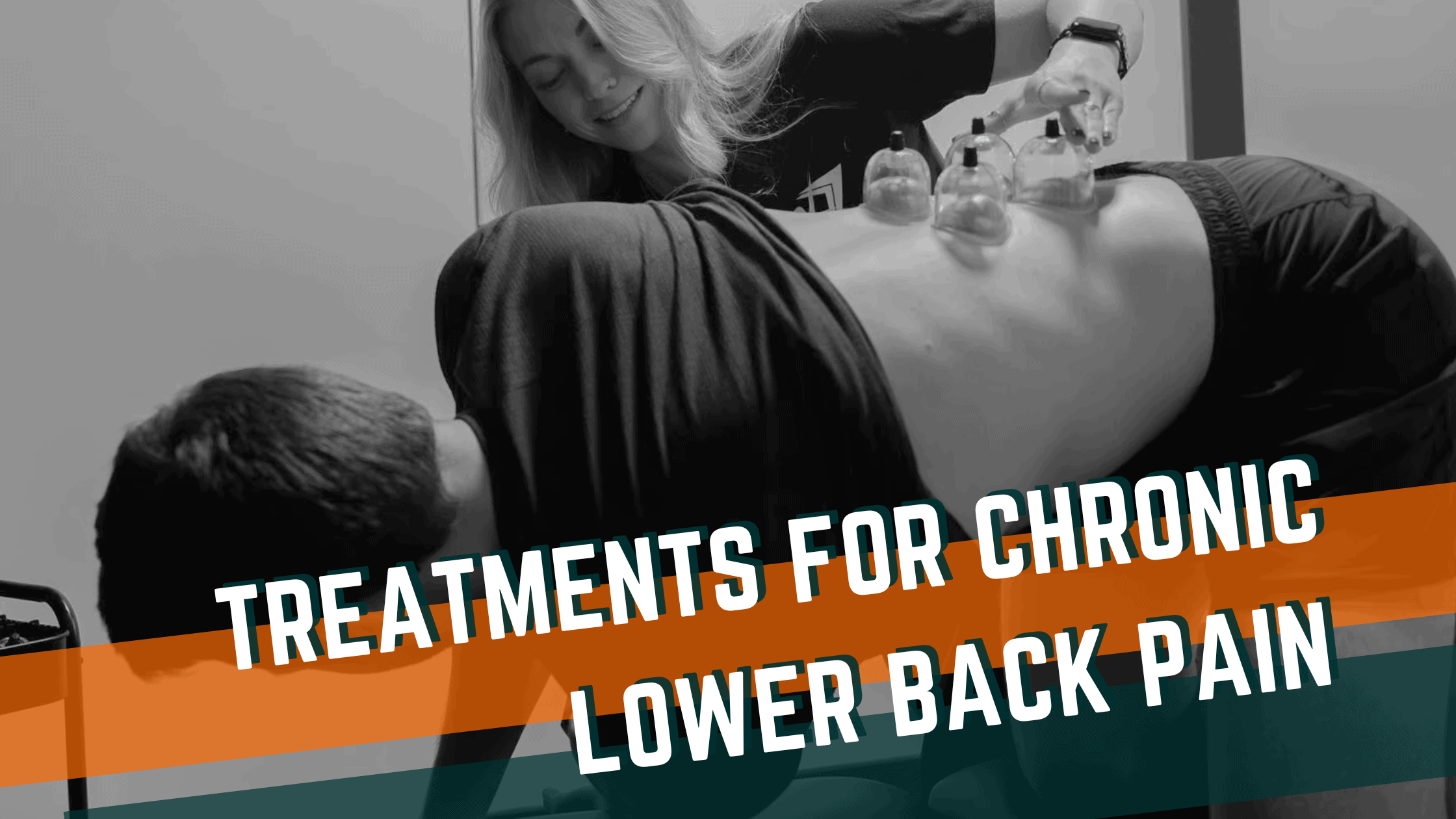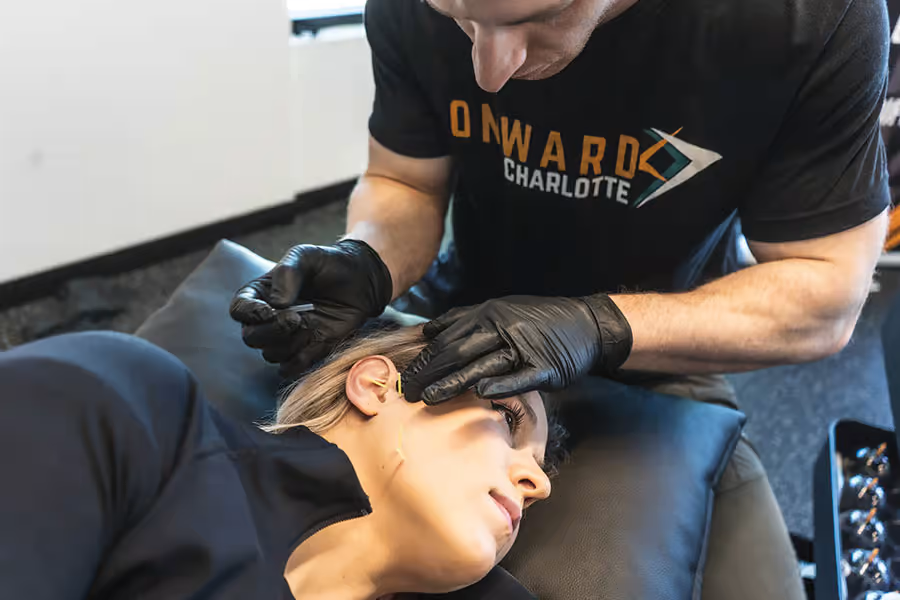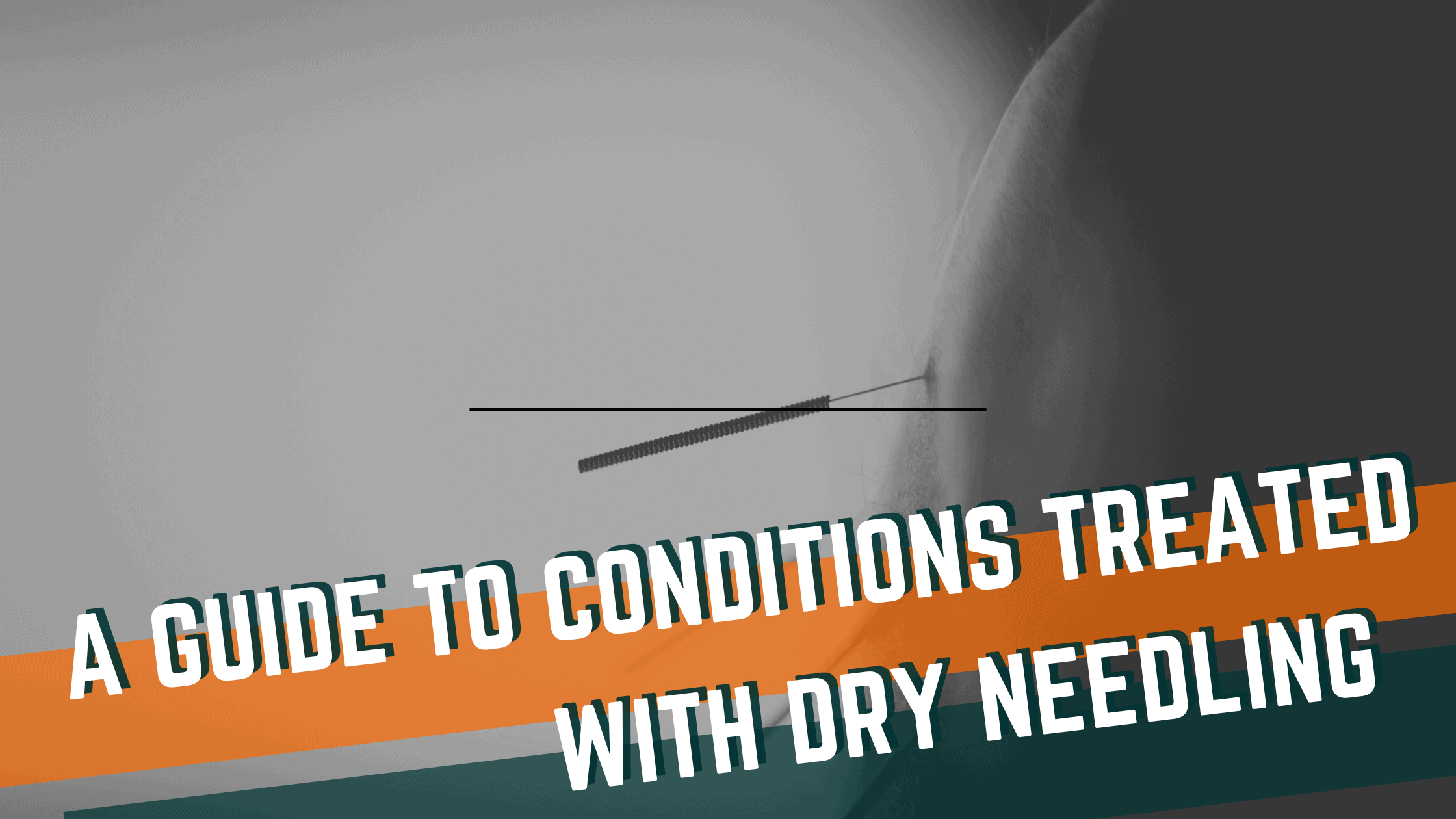
Dry needling has emerged as one of the most effective treatments for pain when used as part of a comprehensive rehab program. With the ability to rapidly reduce pain and improve mobility, dry needling can be the tool you need to find the pain relief you deserve!
Let’s break down how this technique works and what conditions if works best for!
What Is Dry Needling?
Dry needling is the use of a non-medicated needle that is inserted into muscles to reduce pain. While the same size needles are used for dry needling as acupuncture, it is essential to note that these are two very different techniques.
Acupuncture addresses energy flow in the body and focuses on ancient Western medicine philosophies. Dry needling aims to treat specific muscles with a more modern medical background in its application.
Within the dry needling category, there are two main philosophies. Some dry-needling physical therapists perform trigger point needling. This involves poking tender spots in muscles with needles multiple times to release tension in the muscles. This technique is effective, but very uncomfortable. At Onward, we rarely employ trigger point needling.
Instead, we focus on electro-dry needling. With this technique, fewer needles are used, and trigger points aren’t aggressively needled. We gently insert needles into the affected area and use electrical currents to create light muscular contractions. The result is reduced muscle tension without the pain and soreness of trigger point needling.
View on Vimeo
What Conditions Is Dry Needling an Effective Treatment For?
Dry needling, when used along with appropriate strength & mobility exercises, is effective for almost every muscle pain or tension condition. But we’d like to highlight four areas where dry needling is incredibly effective.
Dry Needling for Cervicogenic Headaches
Cervicogenic headaches may be the single most effective condition treated with dry needling. This condition results from stiffness in the upper neck that irritates the nerves that run into your head. With dry needling, we can rapidly reduce the muscle tone of the muscles in the area to increase mobility and reduce nerve sensitivity. Combine that with a few simple stretches and strength moves, and cervicogenic headaches can be a thing of the past!
View on Vimeo
Jaw Pain
Up next is TMJ pain, or pain in the jaw. TMJ dysfunction is a debilitating condition that makes eating, talking, and laughing painful. Often, joint mobility dysfunctions and muscle tension contribute to TMJ pain, and dry needling can rapidly help reduce that muscle tension for improved jaw motion.
Rotator Cuff
Rotator cuff strains are a common injury in fitness athletes as those small muscles quickly get overloaded and sore. Using electro-dry needling is a great technique to reduce pain and “jump start” our strengthening of these muscles.
Lower Back Pain
Finally, we love dry needling for lower back pain, especially in those early stages where nearly everything hurts. By placing the needles into the muscles of your lower back and then getting a strong contraction for 10-20 minutes with the electrical current, we can create a huge pump in the lower back. This pump brings blood into and out of the region, taking inflammatory irritants with it. Typically this protocol gets us out of the “hot stage” more rapidly so that we can focus on the strength & mobility components of the rehab process for long-term relief.
Is Dry Needling Right for You?
Curious if dry needling can be helpful for your injury rehab? Shoot us an email at info@onwardphysicaltherapy.com and let’s chat about if this is the right tool for you!
Recent Articles
Recover Like a Pro: The Role of Manual Therapy, Dry Needling, and Mobility Work in Faster Recovery
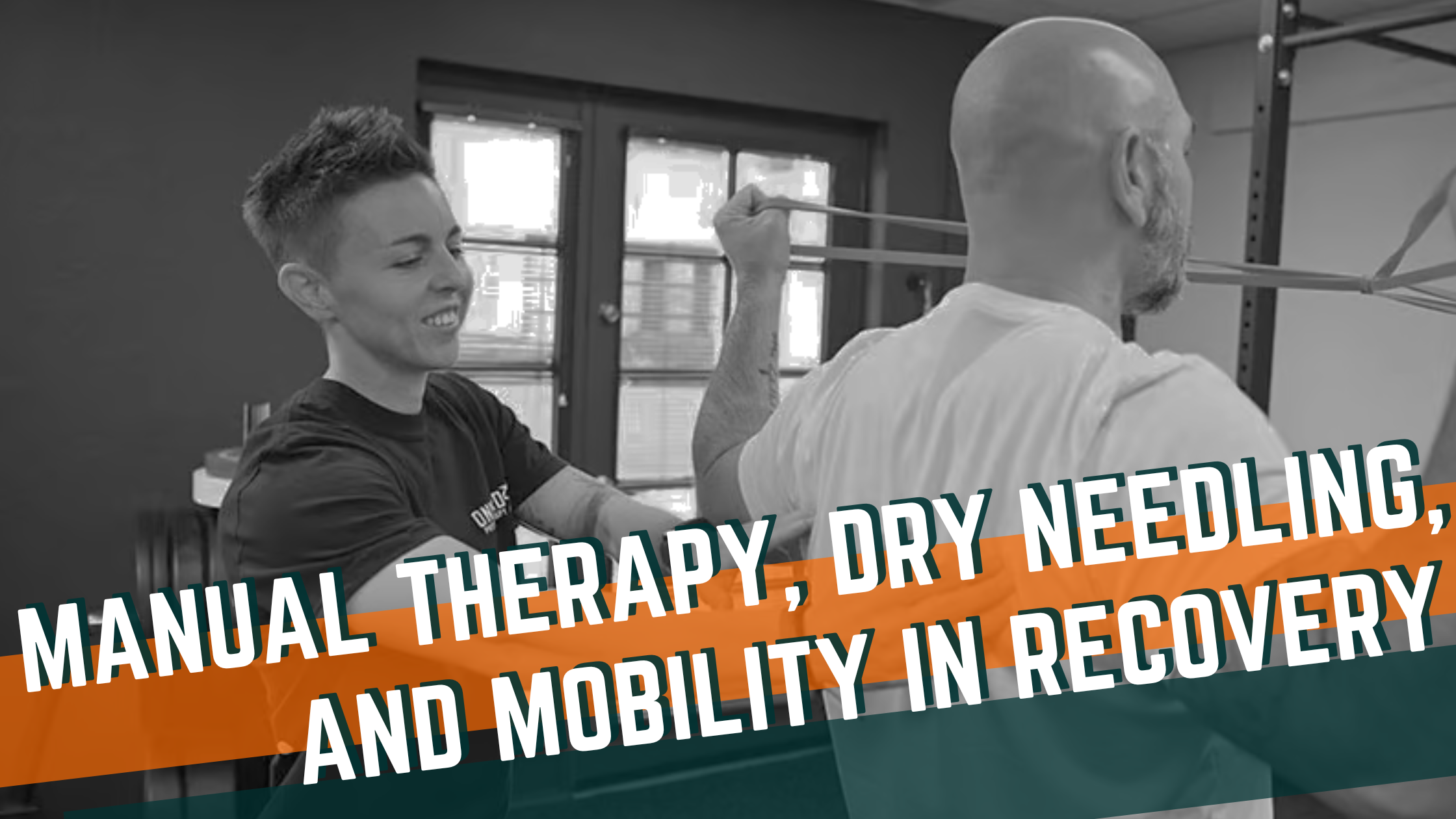
How does physical therapy help injury recovery and performance?
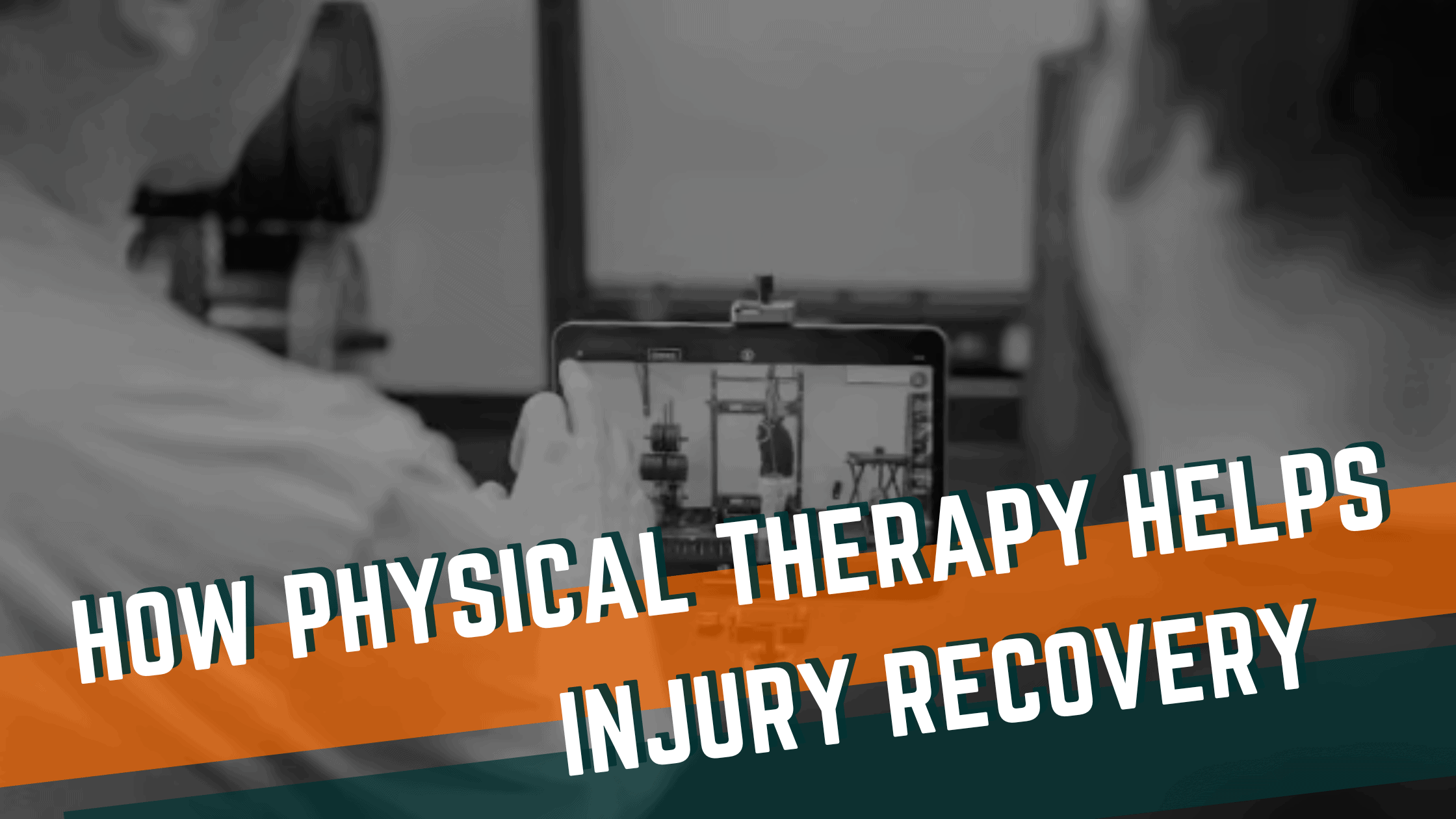
Comparing Manual Therapy to Other Treatment Modalities
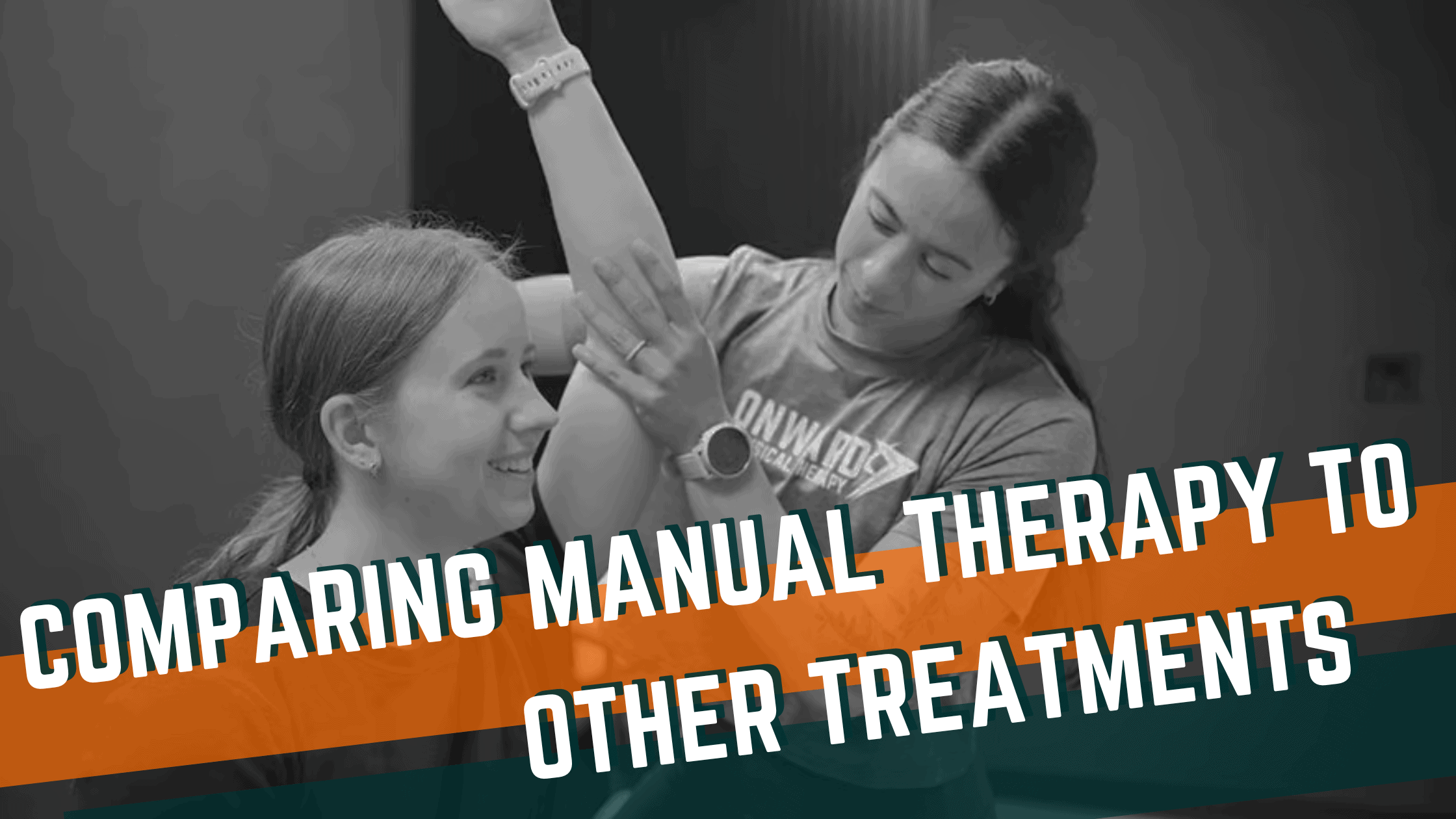
How Physical Activity Influences Mental Well-being

Non-Pharmacological Treatments for Chronic Lower Back Pain
